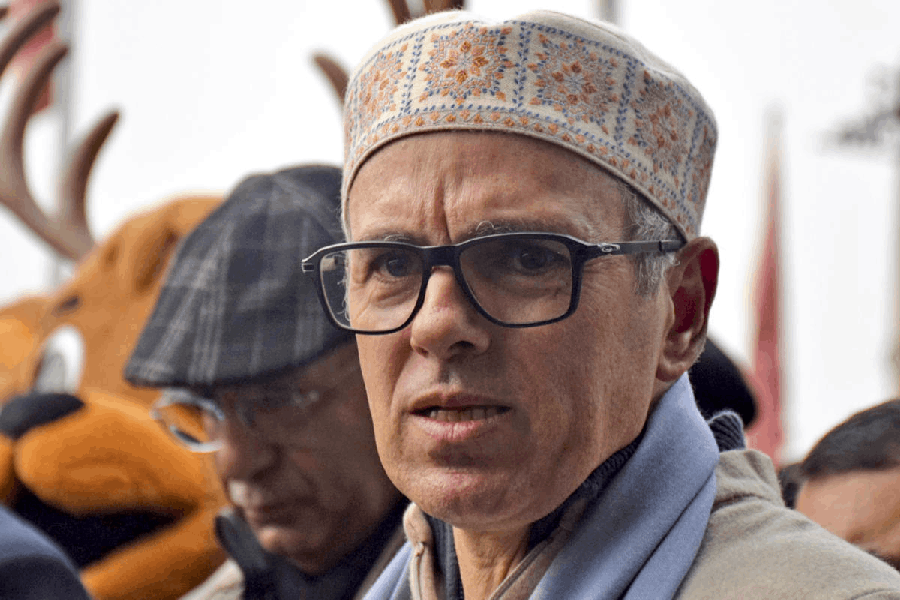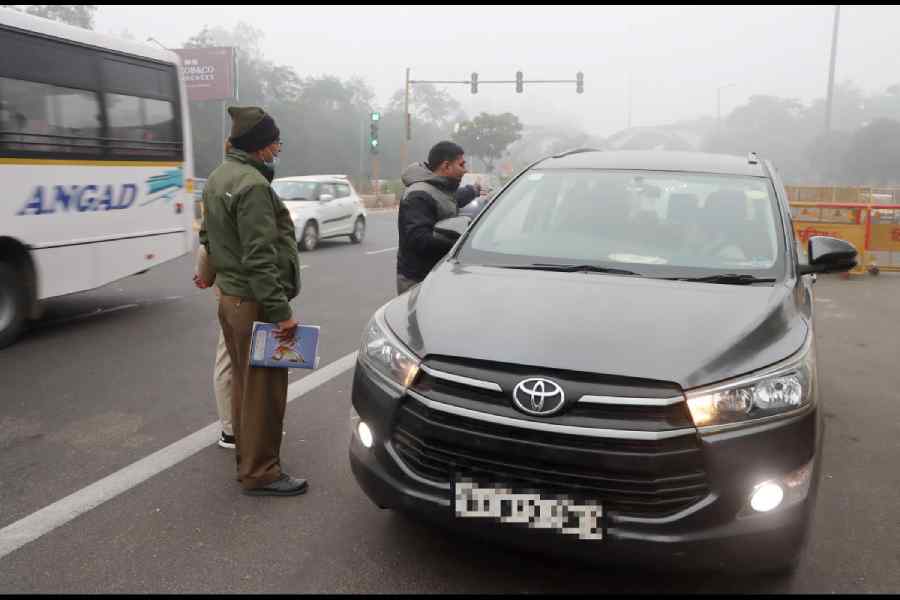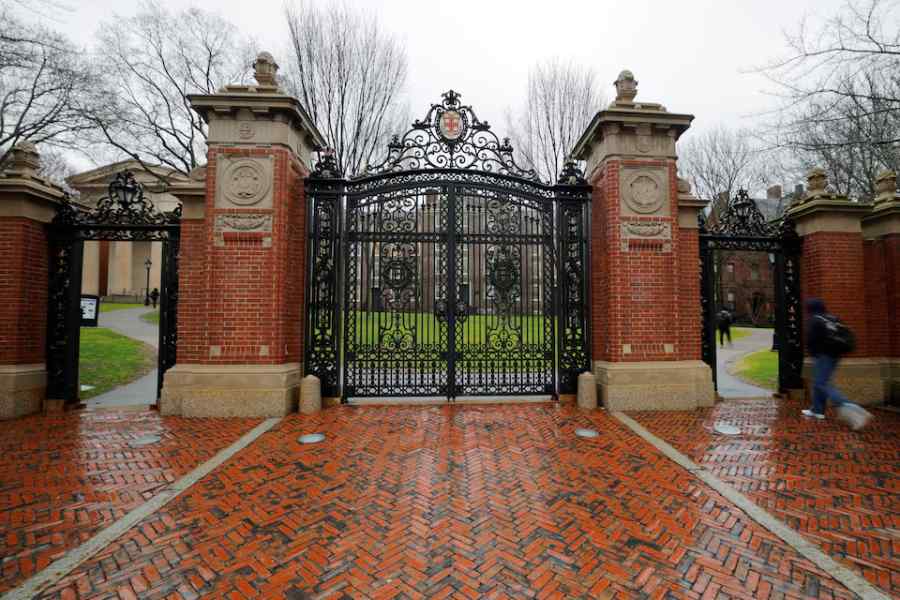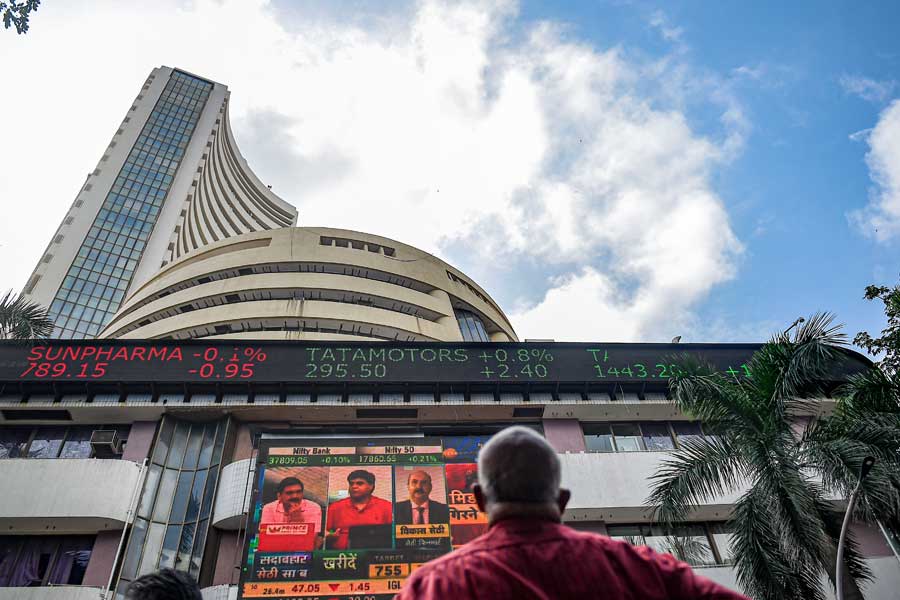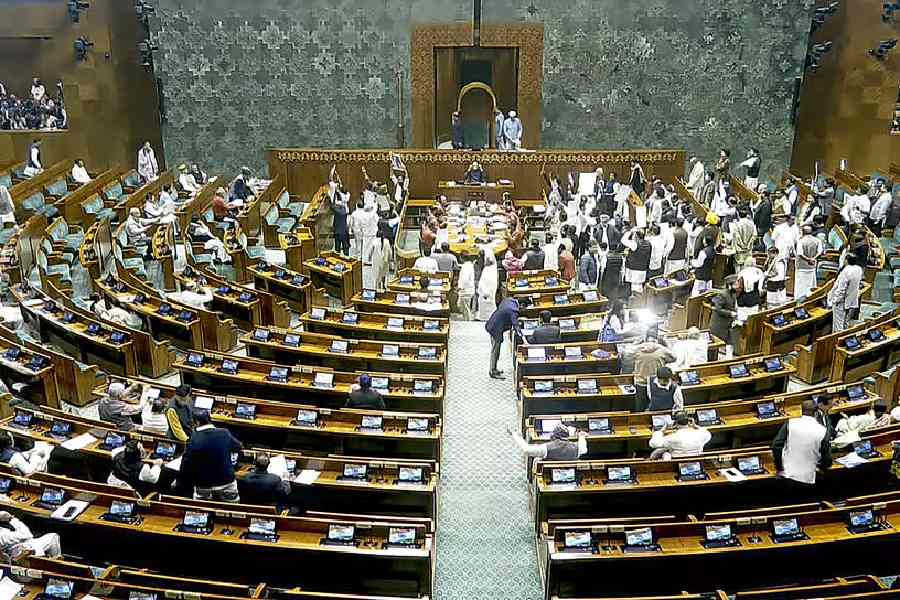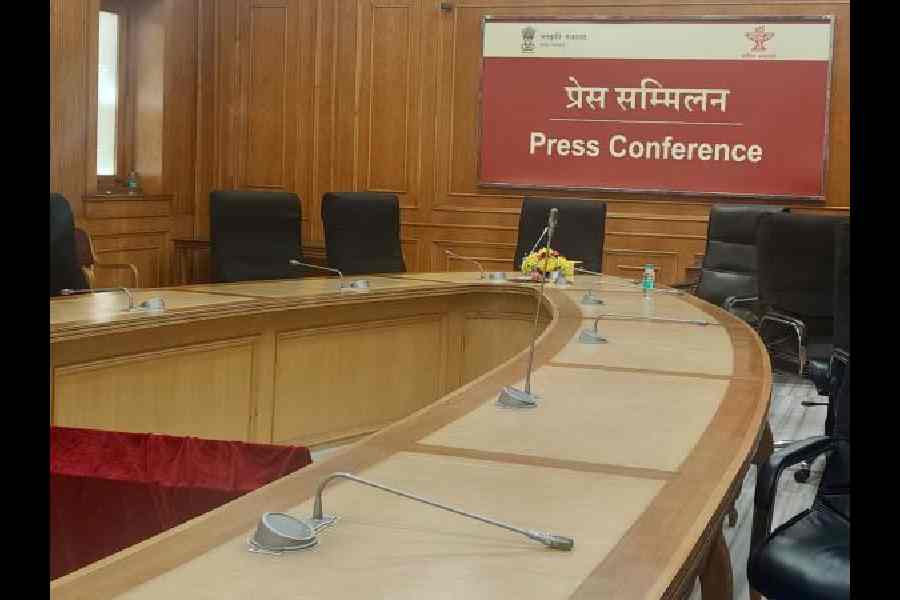.jpg) |
.jpg) |
.jpg) |
| Scenes from Adivasi Mela at Adivasi Exhibition Ground in Bhubaneswar. Pictures by Ashwinee Pati |
Bhubaneswar, Jan.27: The annual exhibition and festival of tribal lifestyle, the Adivasi Mela, kicked off in the city on Wednesday at the Adivasi Exhibition Ground. Inaugurated by chief minister Naveen Patnaik, this one-of-its-kind festival has a number of interesting features to attract visitors. Model houses of different tribes from all over the state, installed at the event are one of the major highlights of the tribal fair.
Dwelling in hilly areas and forests surrounded with the beauty of nature, houses across different tribal communities have similarities. But the varying cultural rituals illustrate some divergence. While the tribals of one of the regions in Malkangiri call their house as ‘Lone’ and conduct the worship of their deity at the temple outside the house, the Gond tribes of Nabarangpur too have their centre worship outside the house. But, while the former tribals use eggs as a symbol of divinity, the Gonds worship a female deity for a good harvest and another deity in the form of a wooden tool, to get a good hunt in the forest.
“We call the deity for agriculture as Pen Gudi while the one for hunting is the revered Bhima Gudi,” explained Rajendra Gond and Lalsahi Gond.
Almost all the makeshift tribal houses at the exhibition showcase skilled art and craft used in the daily life of the tribals. Each of the houses can be found daubed with red soil or cow dung or even with plant dyes. Beautiful patterns of paintings have been made on these huts. Each house has a section for cooking, either outside or within the house. Separate pens for poultry and cattle have been displayed in almost all huts of various tribes. Pumpkin and gourd shells are hung outside the houses of the tribes.
But almost every tribal group has a unique set of rituals, language and attire. The art of Santhal tribe is vibrant and can be seen on the outer walls of the huts. The Kutia Kandhas of Lanjigarh, Kalahandi and Chokotia Bhumjia from Sunabeda have special ways to store grains and pulses while the special feature of the Gadba tribe from Mudulipada, Malkangiri is their skill of weaving with help of the loom that is present in almost every house.
“Many elderly people in our village still weave fabrics with the looms but today most of us youngsters do not have any idea about it. We buy clothes from nearby villages and do not many of us wear the traditional attires today,” said Shibani and Sunki from the Gadba tribe.
The lifestyles of tribes from Keonjhar, Sundergarh, Kandhamal, Koraput and Jeypore too were interesting for the visitors.
“The tribals have beautiful houses. And what is interesting is their allotment for every corner to a particular purpose,” says Madhavi Jena, a house wife. I loved the ornaments, hunting tools and various musical instruments hung all over the house,” says Debadutta Sahoo, a college student.
The segment that displayed the tribal houses included 29 huts of 21 Integrated Tribal Development Agencies from all over the state, informed officials of the SC and ST Development Department. The Adivasi Mela is on until February 9.


